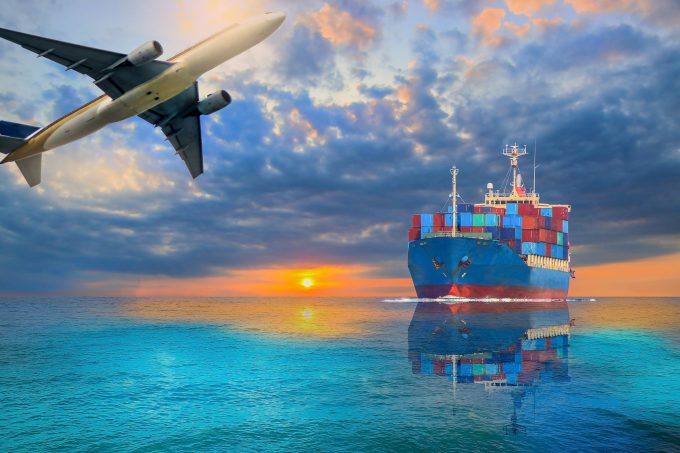Airfreight forwarding a better bet than ocean for investment this year
Forwarders more focused on airfreight will fare better this year than those with a higher ...

International eyes are on Africa today, following the news that DP World has inaugurated Berbera Economic Zone (BEZ) with the government of Somaliland, Kuehne + Nagel is strengthening its West Africa cluster and, in air freight, Chapman Freeborn last week announced it too was expanding in Africa with its parent eyeing an AOC on the continent.
The modal mix of companies will attract industry focus to sea-air potential, thought to be Africa’s best shot at continental connectivity.
“Proximity between high-connectivity seaports and ...
Volcanic disruption at Anchorage could hit transpacific airfreight operations
Macron calls for ‘suspension’ – CMA CGM's $20bn US investment in doubt
Forwarders stay cool as US 'liberation day' tariffs threaten 'global trade war'
De minimis exemption on shipments from China to the US will end in May
Shippers snap up airfreight capacity to US ahead of tariff deadline
Tighter EU import requirements proving 'a challenge' for forwarders
Looming Trump tariffs will create 'a bureaucratic monster' for Customs

Comment on this article